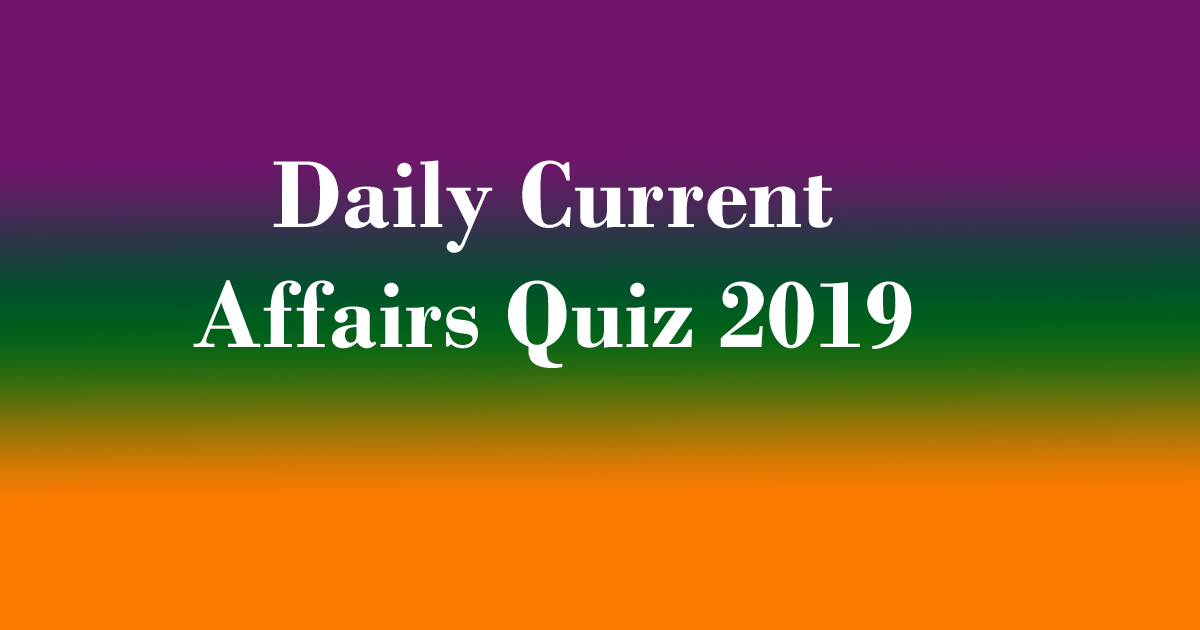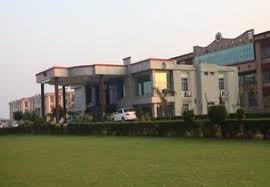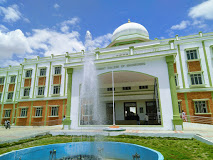
The Supreme Court has held that office of the Chief Justice of India is a public authority under the transparency law, the Right to Information Act 2005. A five-judge Constitution Bench headed by Chief Justice Ranjan Gogoi gave the ruling.
The Supreme Court is a “public authority” and the office of the CJI is part and parcel of the institution. Hence, if the Supreme Court is a public authority, so is the office of the CJI. The judiciary cannot function in total insulation as judges enjoy a constitutional post and discharge public duty. However, Right to Privacy is an important aspect and has to be balanced with transparency while deciding to give out information from the office of the Chief Justice of India.
Under the RTI Act, 2005, every public authority has to provide information to persons requesting for the information under the Act. Public Authority includes the body constituted by or under the Constitution. The Article 124 of the Constitution deals with the establishment of the Supreme Court of India. Information includes any material in any form, including records, documents, memos, e-mails, etc. The Ruling is an example for other bodies such as political parties, number of schools, trusts and public-private partnerships who resist categorisation as public authorities under the Act. However, it has been seen that Offices such as those of the Prime Minister and the President which are public authorities under the RTI Act have often denied information quoting separate observations by the Supreme Court.





